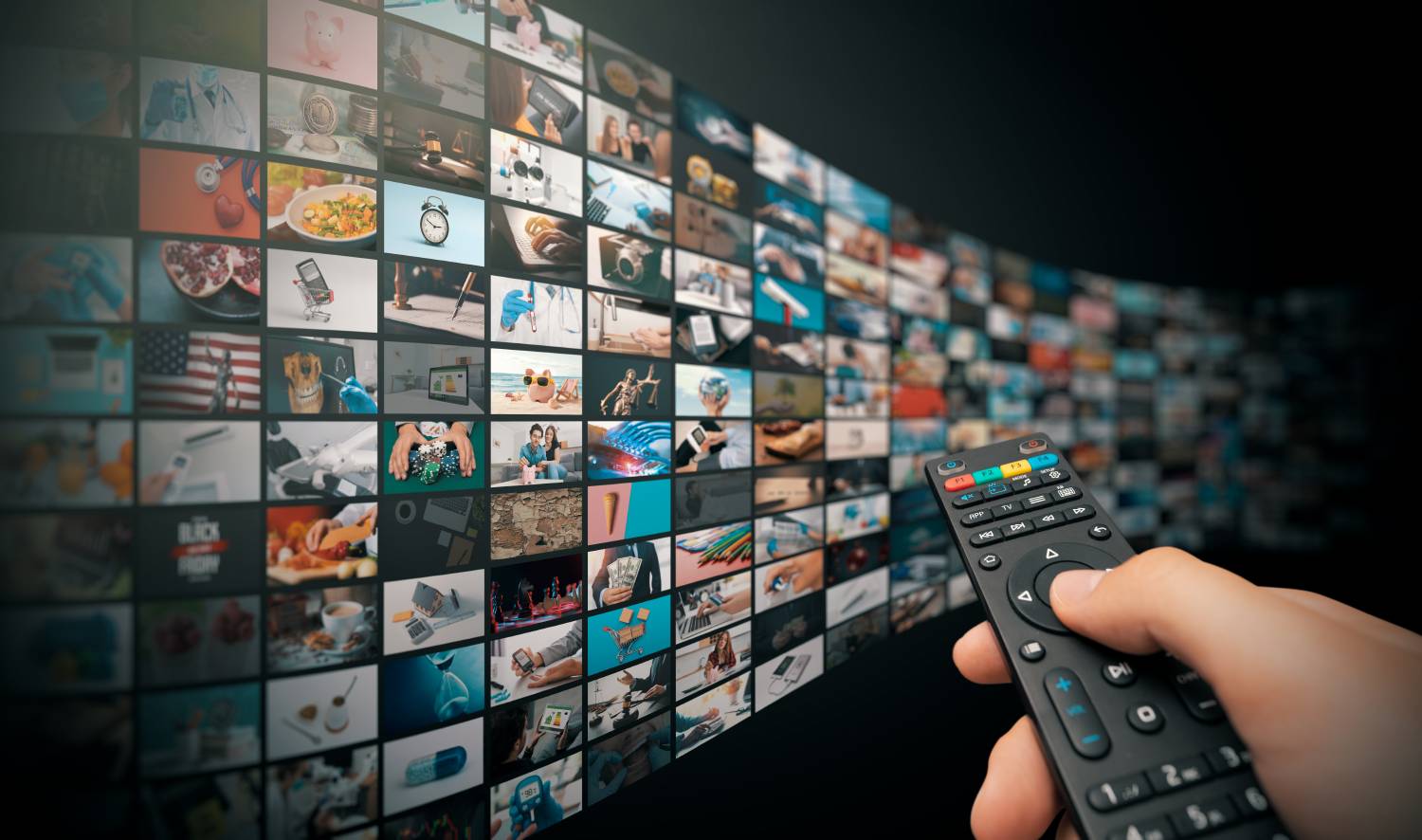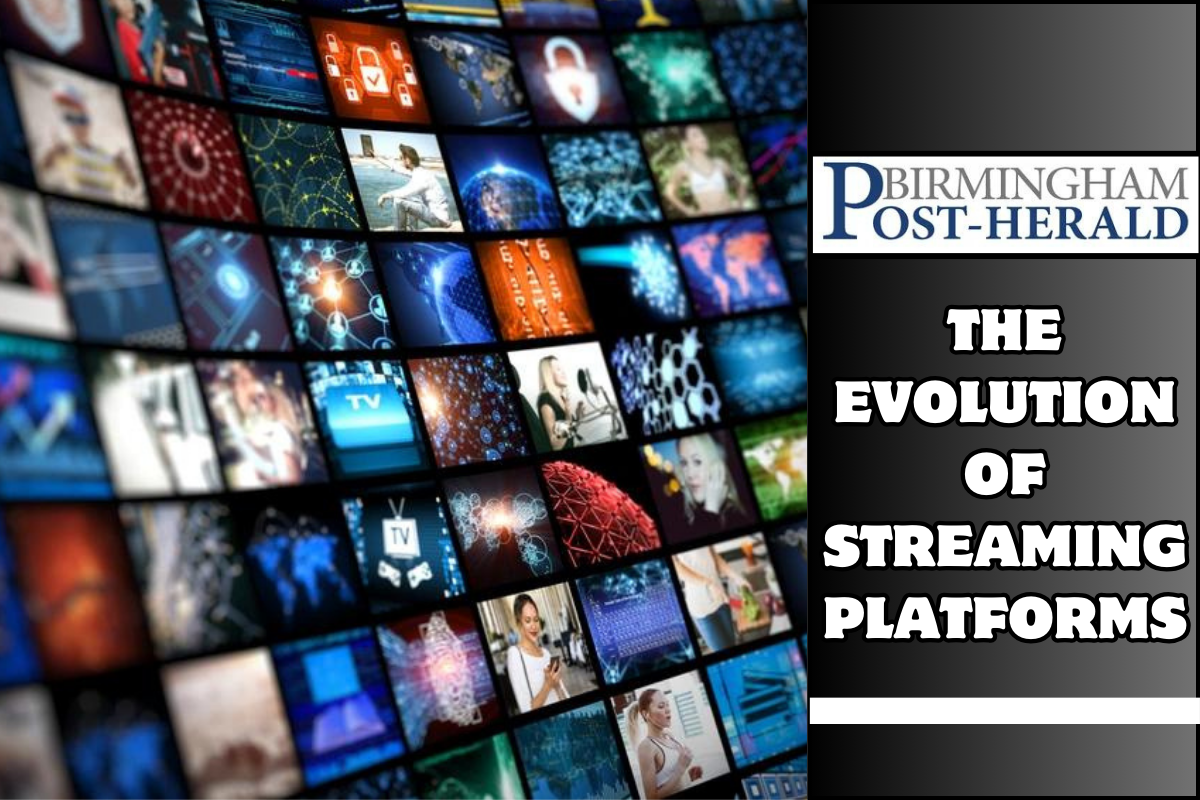The Evolution of Streaming Platforms:-Streaming services have changed the entertainment business in a big way, changing how people watch movies, music, TV shows, and other media. Streaming platforms have changed a lot over the last few decades, thanks to new technologies, shifting customer tastes, and the rise of digital media.
The Evolution of Streaming Platforms
Let’s look more closely at how streaming platforms have changed over time and how they have affected entertainment.
1. Early Beginnings
- RealNetworks and Microsoft released streaming players like RealPlayer and Windows Media Player in the late 1990s.
- This is where the idea of streaming media got its start.
- People could stream audio and video over the internet with these early platforms, though the quality was low and there were buffering problems because the internet speeds were not as fast.
2. YouTube and User-Generated Content
- When it came out in 2005, YouTube changed the streaming world by letting people make their own videos.
- Anyone could post videos, and people could watch a lot of different kinds, from home videos to song covers and how-tos.
- YouTube quickly became a well-known name in online video viewing because it was easy to use and had a huge library of videos.
3. Rise of Netflix and On-Demand Streaming
- Netflix’s subscription-based on-demand streaming service changed the streaming business in 2007.
- Netflix used to rent DVDs by mail, but now it focuses on streaming, charging a monthly fee to access a huge library of movies and TV shows.
- This change shook up the market for renting movies and set the stage for the streaming explosion.
4. Expansion of Content Libraries
- Because streaming platforms became more popular, they added more types of material and formats to their libraries.
- This included approved TV shows and movies, as well as original shows, documentaries, stand-up specials, anime, and more.
- When new platforms like Hulu, Amazon Prime Video, and Disney+ came out, they offered a mix of licensed and original material to get people to sign up.
5. Quality and Accessibility Improvements
- Streaming platforms have become better and easier to use thanks to improvements in technology like faster internet, better video compression techniques, and more people using mobile devices.
- Users could now stream material in HD, 4K, and even HDR (High Dynamic Range) resolution, which made the viewing experience more realistic.

Also Read:-Benefits of Regular Physical Activity
6. Shift Towards Original Content
- Streaming services started making their own video to set themselves apart and get more subscribers.
- Netflix put a lot of money into original shows like “House of Cards,” “Stranger Things,” and “The Crown,” which got good reviews and loyal fans.
- As a result, other platforms made their own original material, which led to a new era of creative storytelling.
7. Global Expansion and Localization
- Streaming platforms grew around the world, reaching people in many countries and areas.
- Platforms gave localized material, subtitles, dubbing, and regional programming to meet the needs of people with different language and cultural preferences.
- With a global reach, not only did the audience grow, but it also made it easier for people from different cultures to interact and find new material.
8. Live Streaming and Interactive Features
- Adding the ability to live stream became more and more popular across video platforms.
- Live streaming made it possible for events to happen in real time, like concerts, sports games, gaming tournaments, and news programs.
- This made users more interested and involved.
- The streaming experience was made even better by interactive features like live chat, polls, and viewer involvement.
9. Monetization Strategies and Business Models
- Different ways of making money were used by streaming companies to make money.
- This included tiered subscription models with different prices, free tiers with ads, pay-per-view rentals or purchases, selling merchandise, and working with brands and marketers.
- It became common for subscription and advertising-based business models to coexist, giving users and content authors more options.
10. Technological Innovations and Future Trends
- Streaming services are always coming up with new ideas based on new technologies and trends.
- This includes progress in artificial intelligence (AI) for personalized and suggested content, virtual reality (VR) experiences, engaging stories, immersive audio formats like Dolby Atmos, and working together with new tech industries.
In conclusion
Streaming platforms have completely changed the entertainment scene by giving people access, choice, and ease of use that they’ve never had before. The early days of streaming technologies have given way to high-definition, on-demand, and engaging content. Streaming platforms are still changing how we watch and interact with media. The streaming business is set to grow, collaborate, and come up with new ideas in the years to come as technology improves and consumer tastes change.
